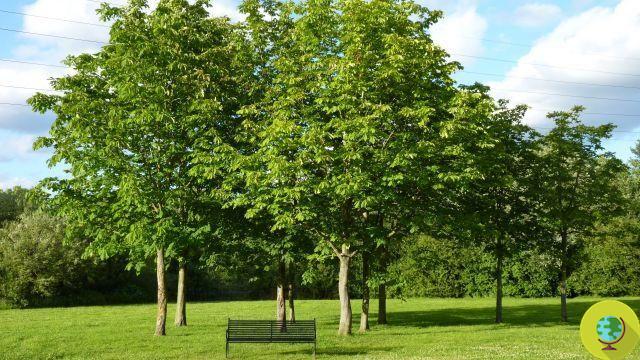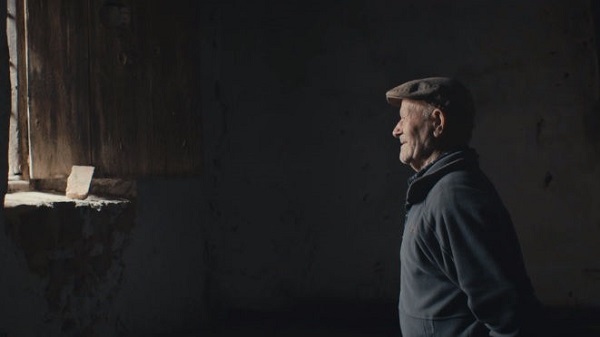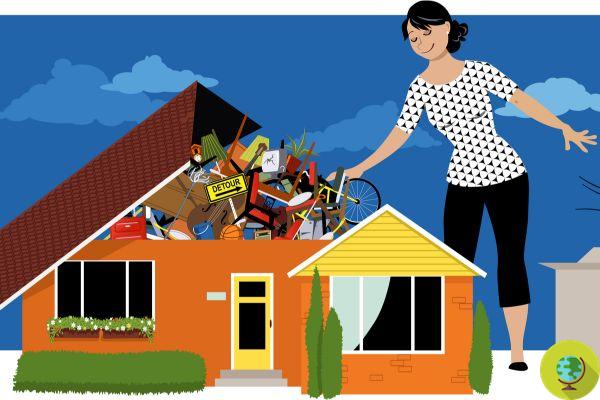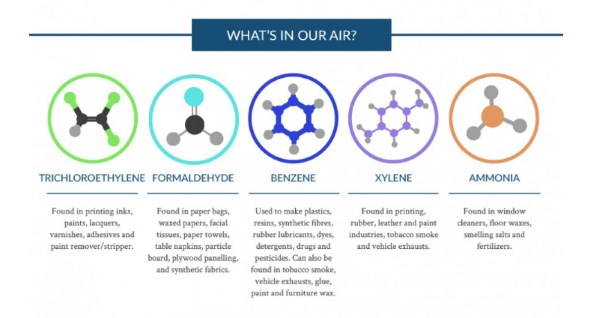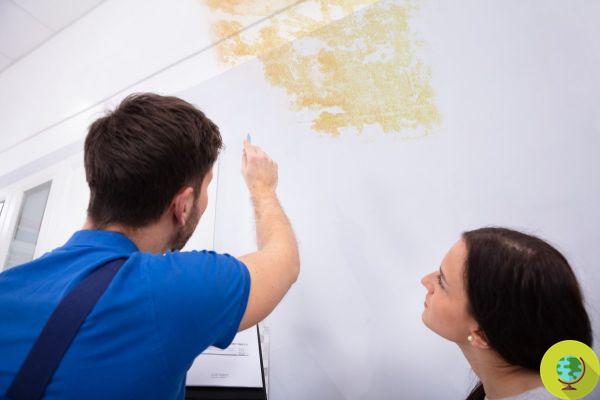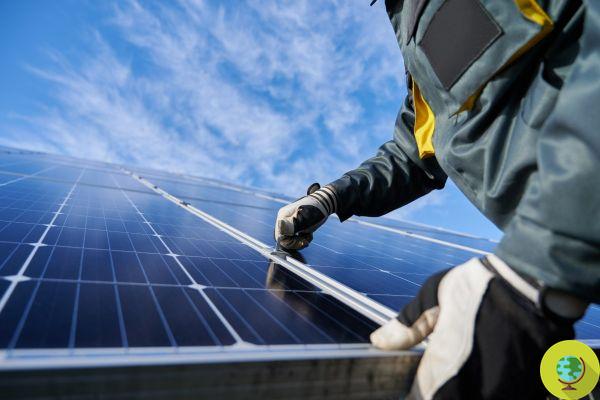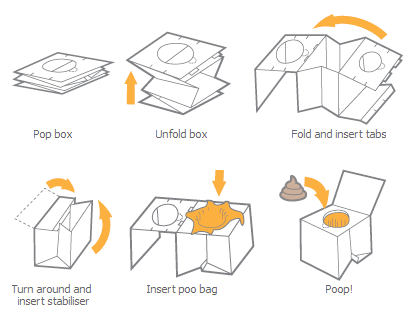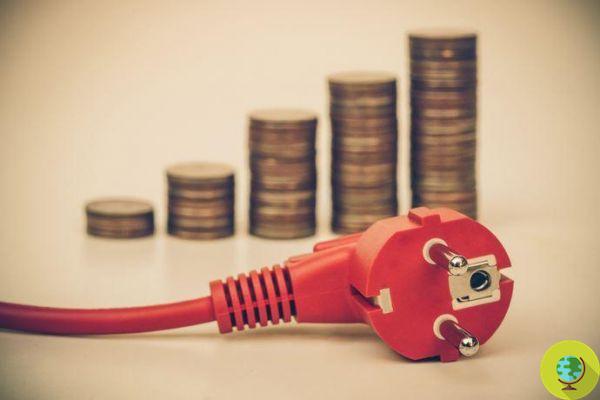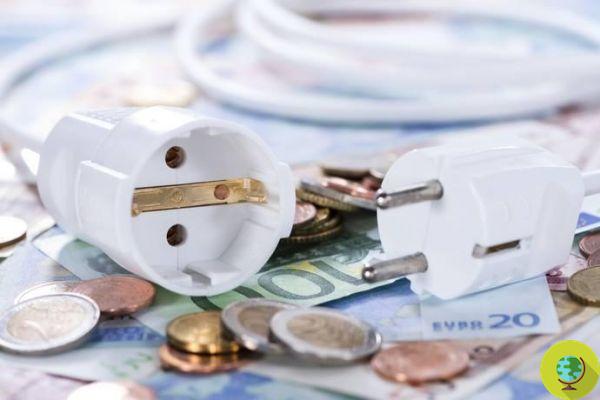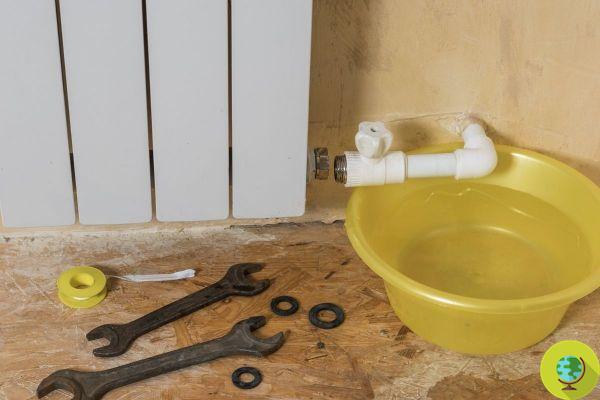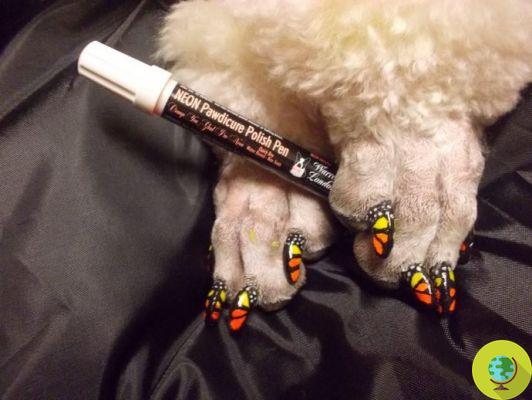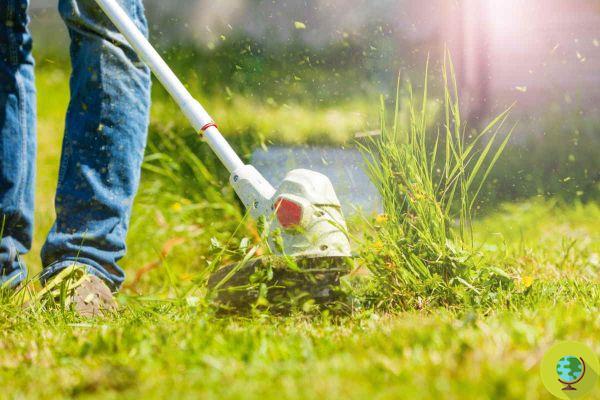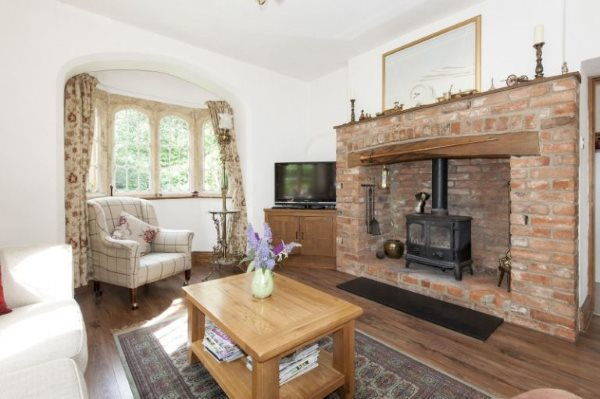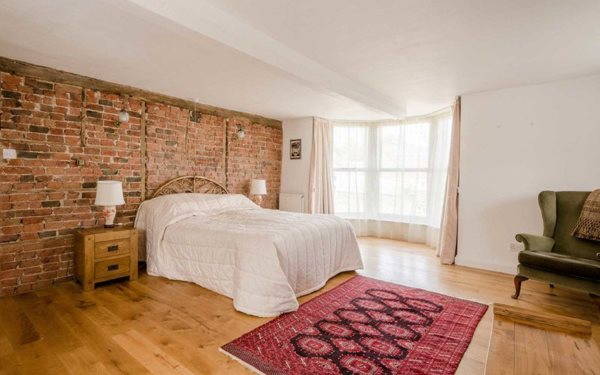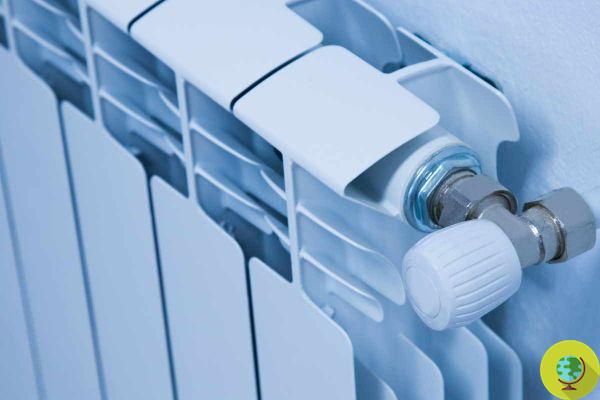
What to do if one or more elements of our radiator are cold to the touch, despite the fact that the heating system is on?
He is about to end up run over, his mother saves himWhat to do if one or more elements of our radiator are cold to the touch, despite the fact that the heating system is on and working?
The extremely cold temperatures these days force us to keep the radiators on for many hours a day and this translates into a substantial increase in the costs of energy bills (also in light of the new gas rises which started this year). Good maintenance of the system and individual radiators can make a difference in our energy consumption and guarantee maximum efficiency, for the benefit of our portfolio.
For example, if we hear gurgling inside the pipes when we approach our ear to our heated radiator, this may be a sign of presence of air bubbles inside the heating system - an inconvenience that undermines the functionality of the radiator and that unfortunately makes us waste energy unnecessarily without guaranteeing the correct heating of the environment. In fact, the presence of air in the pipes of the radiator prevents some of its elements from heating up evenly, even if the energy for heating is still consumed. To overcome this drawback and allow the system to function at its maximum, it is essential to let the air out of the radiator by acting on its valves.
Read: Radiators that don't heat up: how to solve the problem
Bleed the radiator valves
Before proceeding to vent the radiator valves to let out the air bubbles that have formed inside its elements it is very important that the radiators are turned off and cold - better, if possible, turn off the boiler completely to avoid the risk of accidents. At this point, let's equip ourselves with a not too high basin (which can be positioned under the radiator) to collect any water that will come out of the valve together with the air, and a wrench to open the valve; we may also need a soft, dry cloth and lubricant to help open the valve if the valve is rusty or difficult to open.
After placing the pan under the radiator, we begin to open the vent valve - the one located in the upper part of the radiator. Do not be frightened if we hear a hiss when opening the valve: it is the air that prevented the complete heating of the radiator and that is coming out. We continue to keep the valve open until water starts to come out: it is the signal that the air bubble has been completely eliminated and that we can close the valve with the help of the wrench. After having closed the valve well (without tightening it too much, otherwise it will be impossible to reopen it if the problem of the air bubble recurs!), We can turn the boiler back on and reactivate the heating system, to check if the venting operation has gone successful.
Attention to the boiler!
It may happen that, after having let the air out of our radiators, the water pressure inside the boiler drops: it is possible to check its value thanks to the presence of a pressure gauge, placed under the boiler itself, which must always indicate a value between one and two for the correct operation of the system. If the value marked on the pressure gauge is less than one, we can intervene by carefully opening the boiler water supply tap (always located under the device) to bring the pointer back to the safety level.
Read all our articles on radiators.
Follow your Telegram | Instagram | Facebook | TikTok | Youtube
We also recommend:
- With the jug method, you remove all traces of dirt from the radiators
- Not just radiators, how to save on hot water too (reducing bills and waste)
- Heating: the side effect of leaving radiators on overnight, not just on the bill





